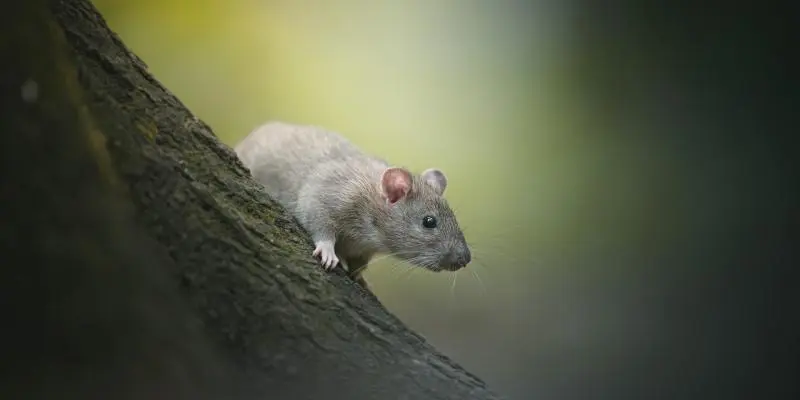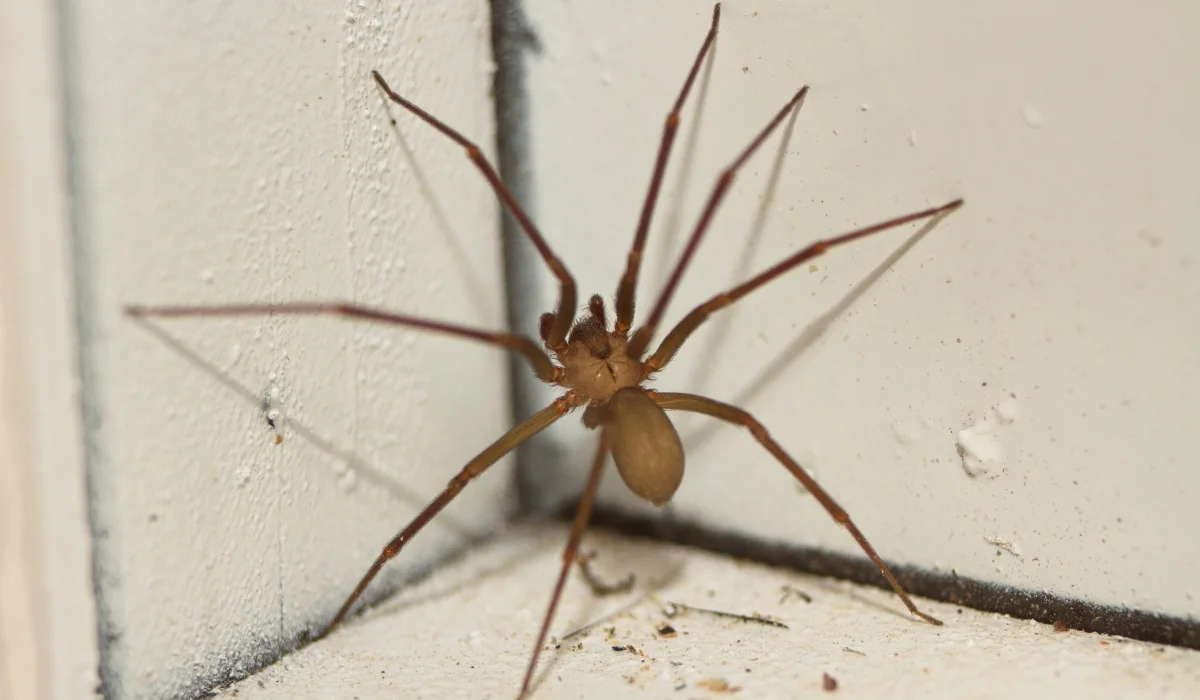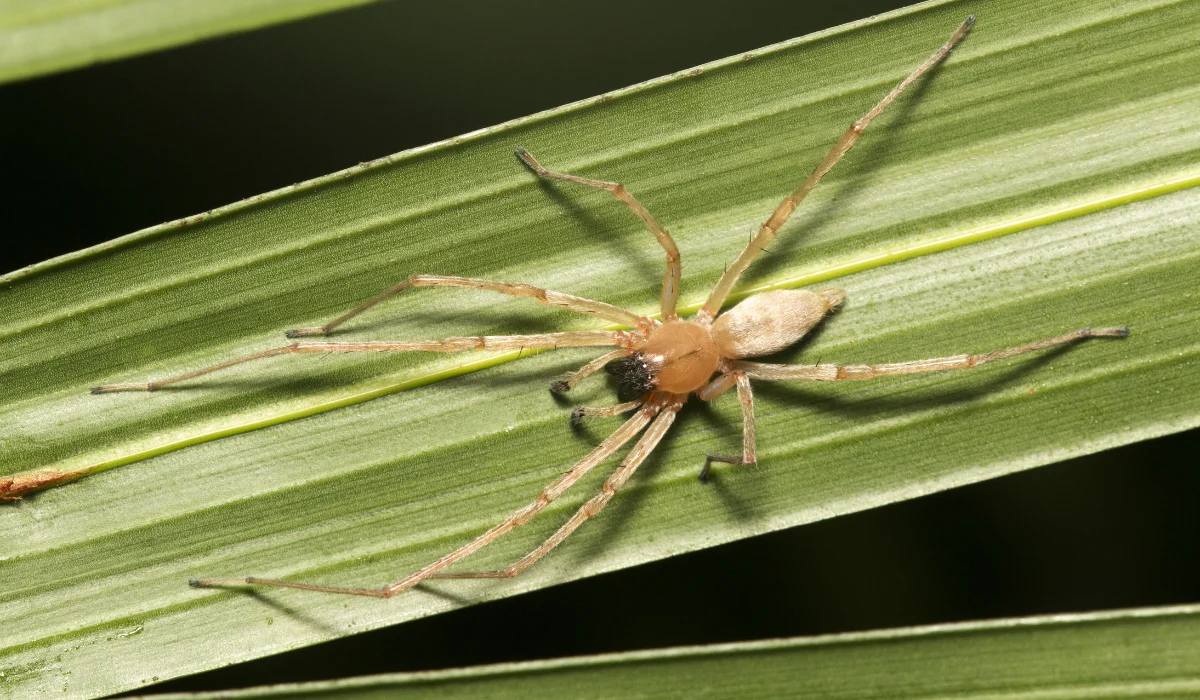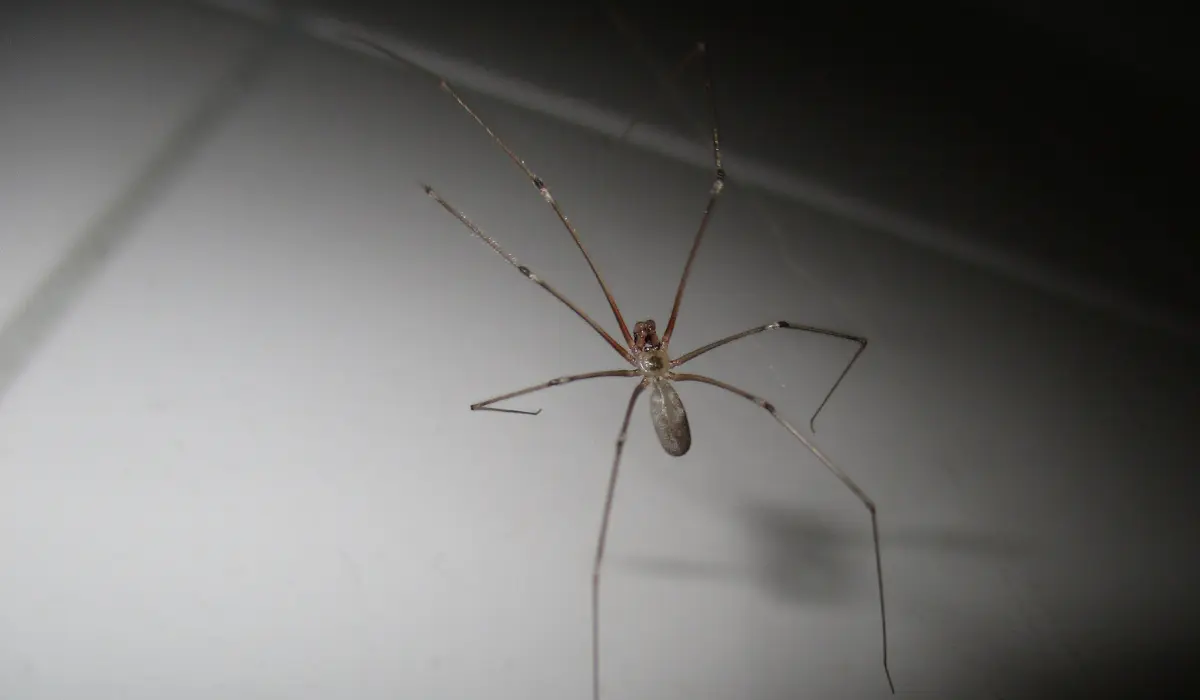Louisiana’s balmy climate and plentiful waterways create an ideal habitat for numerous creatures, particularly rodents, which are more than just a pesky presence for residents and business owners.
Rats are a significant concern due to the health hazards and property damage they can cause. Knowing the usual suspects – the Norway rat and the roof rat – is vital to effectively managing and preventing an infestation.
Each species has unique habits and habitats, influencing the strategies used to control their populations. Dive into the details of these crafty rodents and discover how to keep them at bay.
Key Takeaways
The Norway rat is commonly found in lower elevations and near water sources in Louisiana. In contrast, the roof rat prefers higher grounds.
Rats pose a threat to public health by carrying various diseases. They also lead to considerable damage to the infrastructure.
Effective rat management includes identification, prevention, and proper removal techniques.
What Are the Common Rats in Louisiana?
Louisiana is home to various rodent species. The Department of Wildlife and Fisheries is pivotal in studying and managing rodents impacting ecosystems and human populations.
Their work is essential, particularly in the rice-growing areas, where rodents can affect crop yields.
Rat Species Overview
Louisiana’s most common rat species are the Norway rat and the roof rat. These species thrive in urban, suburban, and rural areas.Other species, like the muskrat (Ondatra zibethicus), also occupy the state’s wetlands but are less commonly encountered than nutria.
| Species | Description |
|---|---|
| Nutria (Myocastor coypus) | Also known as: Swamp rats Origin: South America Habitat: Marshes, wetlands Notable: Significant impact on Louisiana’s ecosystem, managed by the Louisiana Department of Wildlife and Fisheries |
| Brown rat (Rattus norvegicus) | Also known as: the Norwegian rat Distribution: Widespread throughout North America, including Louisiana Notable: Commonly found near human dwellings and agricultural settings |
| House mouse (Mus musculus) | Distribution: Ubiquitous across North America, including Louisiana, New York, California, Florida, Texas, and Mississippi Habitat: Often found in close association with human habitats Notable: Pointed snout, large ears, and brown or gray fur |
With these rodents vying for resources and space, the Louisiana Department of Wildlife and Fisheries continuously monitors their populations to understand impacts on both the environment and human activities.
Rat Life Cycle
Understanding the rat life cycle is crucial for implementing effective control strategies. Here’s a concise breakdown:
Birth and Early Development: Rats have a high reproductive rate, with females giving birth to 5-14 pups per litter. These pups are born blind and utterly dependent on their mother.
Rapid Growth: Remarkably, these pups proliferate, reaching maturity and reproductive capability within a month. This rapid maturation contributes to their ability to increase populations swiftly if not controlled.
Recognizing the rapid progression of a rat’s life from birth to maturity highlights the need for prompt and ongoing control measures to manage their population effectively.
Rat Lifespan and Activity
While rats live for about a year in the wild, their life is busy. It involves constant foraging, nest-building, and, in urban areas, evading control measures.
Why Are Rats a Problem in Louisiana?
Rats in Louisiana are causing significant damage to both the ecosystem and human habitats and posing serious health risks to people.
Negative Impact on Ecosystem and Human Habitats
Rats considered invasive species in Louisiana, wreak havoc on local ecosystems, such as coastal wetlands.
Damage to Infrastructure and Agriculture
Levees: Burrowing weakens levee structures, leading to potential breaches.
Agriculture: Crop yields suffer as rats consume and contaminate food resources intended for humans and other animals.
Vegetation: Native plants are destroyed, disrupting the dietary needs of other species in the food chain.
Serious Health Risks Posed on Humans
Humans face direct and indirect health risks from rat populations. These rodents are carriers of numerous pathogens that can result in diseases.
Their presence near human dwellings increases the risks of disease transmission.
Disease Transmission
Direct: Bites or scratches can transmit diseases such as rat-bite fever.
Indirect: Fecal matter and urine can contaminate food and water sources, leading to illnesses like leptospirosis.
By addressing the problems caused by rats, efforts can be made to protect Louisiana’s rich ecosystems and safeguard human health.
How To Prevent Rats Effectively?
Louisiana’s urban and rural landscapes offer ample opportunities for rats to find shelter and resources. Adopting a proactive approach is essential to bolster your home’s defenses against rats.
Here’s a structured plan to deter these unwelcome guests, where you will find specific steps to thwart these pests seeking refuge in your abode.:
1. Seal Entry Points
- Focus Areas: Pay special attention to attics and garages, the go-to spots for rats seeking shelter.
- Action Plan: Regularly inspect for and seal off any cracks, holes, or crevices larger than a quarter-inch in walls on your property’s exterior. Ensure vent and chimney openings are covered with appropriate screens to prevent rat entry.
2. Limit Nesting Opportunities
- Clear Debris: Remove sticks, branches, and other potential nesting materials from your surroundings.
- Yard Maintenance: Keep your yard clean to make it less inviting for rats looking to build a nest.
3. Manage Food Sources
- Waste Control: Store garbage in sturdy, sealed containers to cut off one of the rats’ primary food sources.
- Pet Food Protocol: Remove any leftover pet food promptly.
- Grain Caution: For homes near rice fields, extra vigilance is needed. Store grains securely and maintain a clean environment, devoid of food scraps, to discourage rat visits.
Ultimately, homeowners must recognize rats as potential vectors for disease and act accordingly to protect their living spaces. Keeping Louisiana homes rat-free preserves property integrity and promotes better overall health.
How to Get Rid of Rats in Louisiana?
Controlling rat populations in Louisiana requires strategies tailored to the local environment and the use of available resources.
It’s essential to understand the habits of these rodents and the regional support systems in place.
1. City Strategies
In urban areas, rats often shelter in sewer tunnels, subway systems, walls, and basements.
- Trapping: Proven effective, where you are recommended to set snap or electronic traps in areas with high rodent activity.
- Regular Maintenance: Maintaining cleanliness in outdoor spaces and securing trash bins can deter nesting near buildings, minimizing rat presence.
2. Wetland Measures
In Louisiana’s wetlands, the invasive nutria, with its distinctive brown pelt, causes significant damage.
- Baiting Stations: Strategically placed baited traps offer a poison-free solution to rodent infestation, safeguarding other wildlife.
- Bounty Programs: Offered in some areas to encourage population control.
3. Local Resources
Residents can utilize resources provided by the state for rodent management, including:
Public Health Information
Local health departments provide educational materials on protective measures and risks associated with rodent-transmitted diseases, like hantavirus.
Pest Control Services
Local pest control companies offer assessment, trapping, and exclusion services tailored to the diverse Louisiana landscape.
They may also participate in fur trade initiatives for rodent control and management. Discover more about safeguarding your home from pesky intruders and dive deeper into our expert tips and tricks by visiting our blog.
Pest Control Professionals in Louisiana
Remember, when infestations are severe or persistent, calling a professional pest control expert in Louisiana is the best way to tackle your rat problem fast. Here’s how our rodent control process works:
Free Inspection: Our trained rodent exterminators will perform a free inspection to determine the points of entry and the severity of your infestation.
Customized Treatment Plan: We’ll provide a customized treatment plan based on our findings from the inspection.
Family Safe Treatments: We understand that protecting your family is at the forefront of your mind, which is why we offer family-friendly rodent stations for pest service agreement holders.
If you have a persistent rat problem and are in need of help, visit our website or give us a call at (+1)985-859-7378 to secure fast and effective pest control services.
Frequently Asked Questions
Rats are a common concern in Louisiana, and addressing their presence requires specific strategies. Here are some common questions and answers to help you deal with rat-related issues.
What are the most dangerous species of rats found in Louisiana?
The Norway rat and the roof rat are considered the most dangerous in Louisiana due to their disease-carrying potential and the damage they can inflict on properties.
Can you give tips for identifying a nutria rat presence?
Signs of nutria rat presence include gnawed vegetation, burrows in levees, and webbed footprints near water bodies. Their large, orange teeth and rounded tails are distinctive features.
What’s the legal way to hunt nutria rats in Louisiana?
In Louisiana, landowners or lessees can legally hunt nutria rats on their property without a license. However, specific licenses and seasons may apply for public lands and regulated hunts.
What steps should be taken to spot and address a rat infestation at home?
Look for signs like droppings, tracks, gnaw marks, and unusual pet behavior to spot a rat infestation. Professional pest control exterminators suggest cleaning up potential food sources, sealing entry points, and setting out bait stations or traps to address it.
Which rodent species are considered invasive to the Louisiana ecosystem?
The nutria and black rats are species invasive to Louisiana, causing ecological damage by destroying wetlands and outcompeting native species.
 By: LaJaunie's Pest Control
By: LaJaunie's Pest Control 



